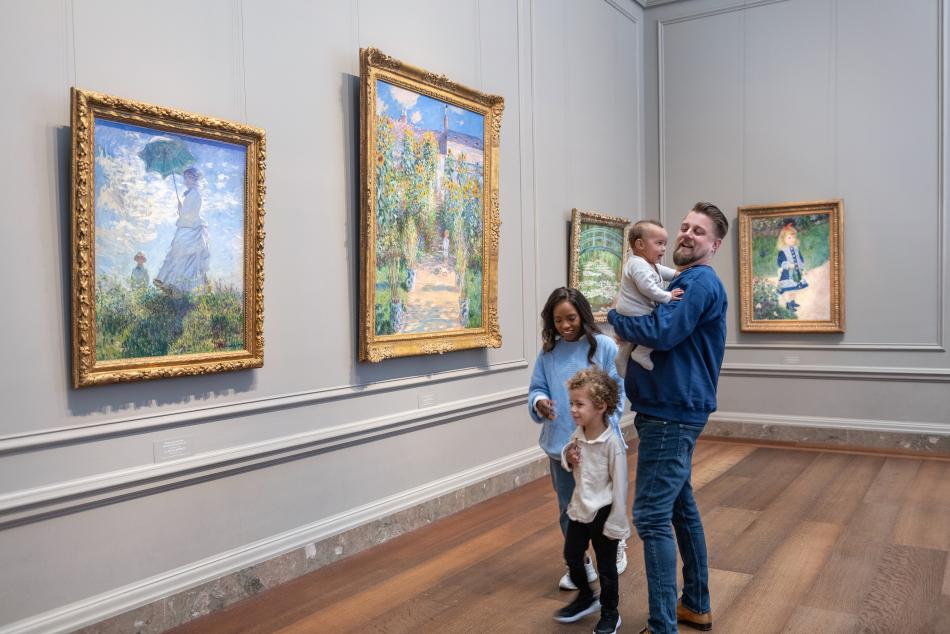The Art of Looking: Sir Peter Paul Rubens, Deborah Kip, Wife of Sir Balthasar Gerbier, and Her Children
-
-

Sir Peter Paul Rubens’s Deborah Kip, Wife of Sir Balthasar Gerbier, and Her Children is the inspiration for this interactive conversation. Join us for a one-hour virtual session and share your observations, interpretations, questions, and ideas about this work of art.
These conversations will encourage you to engage deeply with art, with others, and with the world around you as you hone skills in visual literacy and perspective-taking.
The program is free, open to the public, and is designed for everyone interested in talking about art. No art or art history background is required. Ages 18 and over.
You may also like

Talks & Conversations: The Art of Looking: María Berrío, A Sunburst Restrained




